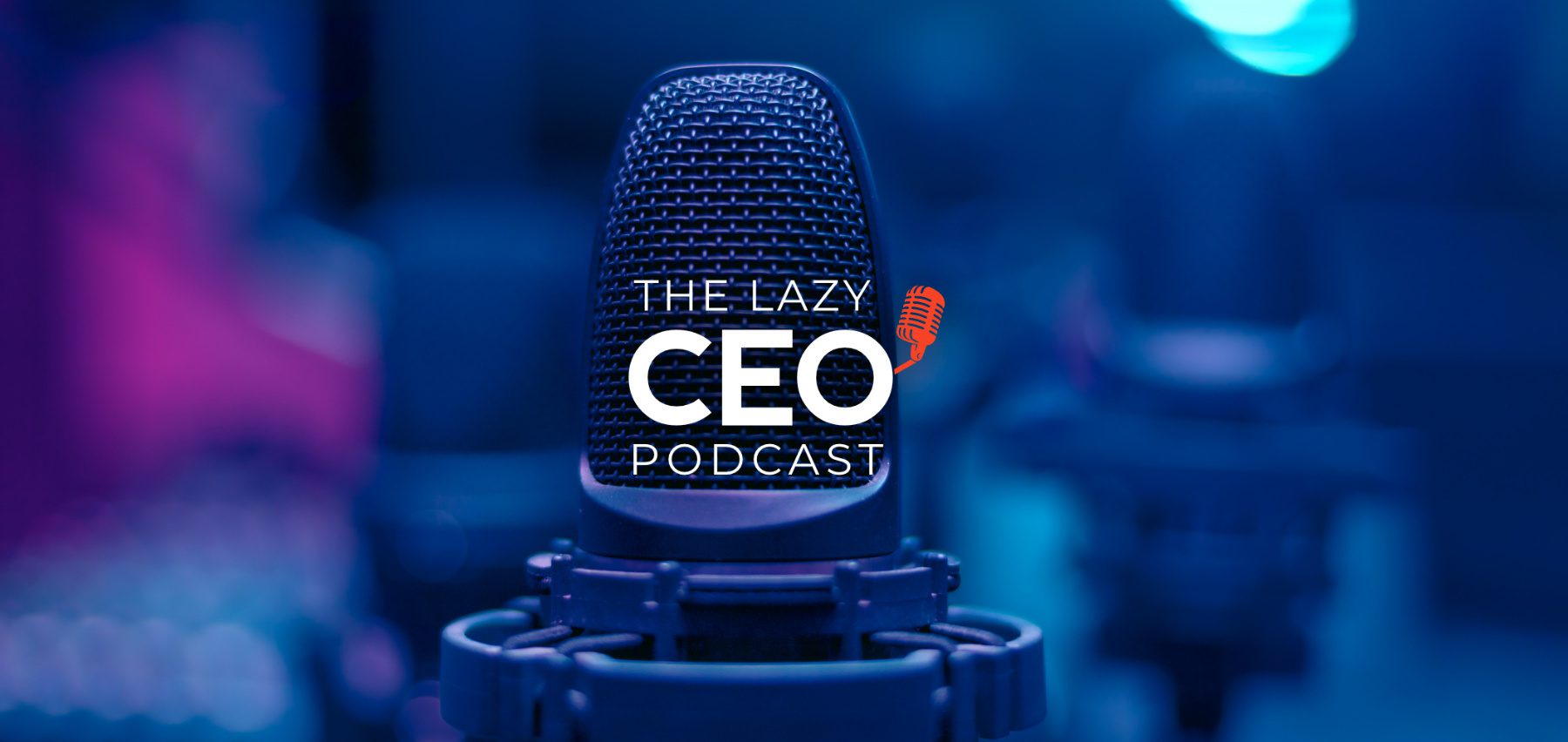Client Retention in A Glance…
- Three things you need to pay attention to if you want to retain clients.
- Tangible factors
- Intangible factors
- Custom Expectations
- Barriers to exit
- Managing the relationship
- A competitive offer
In the Client Retention Episode…
We all know the math that the cost to retain a client is 20% of the cost to acquire a client.
From a sales and marketing point of view, if you can retain the clients that you bring on board, you’re way ahead of the game because you don’t want to have to go out and spend literally five times as much money to go acquire new ones. It is one thing to get them, but you need to keep them. Keeping them is what’s interesting for a good recurring revenue business. This Podcast will talk through the elements that were identified in a scholarly piece of research. This study validated, with large statistical studies, real data about businesses and the success or not success they’ve had based on a couple of factors.
There are really three things you need to pay attention to if you want to retain clients. One is the tangible elements of your product and your relationship. The second is the intangible elements around the relationship. And the third is customer expectations.
Tangible elements of your product and relationship
Within tangible factors, there are really three tangible factors you need to focus on when you’re thinking about customer retention.
- Barriers to exit. So once somebody’s in a relationship with you, are there barriers that prevent them from exiting that relationship? And obviously the higher the barriers to exit are, the better you’re going to retain them.
- Limited external alternatives are an absolute barrier. To the extent you can make your product unique enough that there really is not a comparable offer in the market, you’re going to improve your retention.
- The next one is the utilization of the system. This is a little more applicable to software, but if they’ve got a high degree of utilization, and a high rate of retention. Gartner discovered through market research that people that didn’t use the product, didn’t renew their subscriptions. What Gartner did is they intervened about six months before the renewal date and they began training people on utilization, driving them to get value out of the subscription. And what they found is if they could get them to use the product, they increased their retention rates.
- Investment in your system and investment in the relationship increases the rate at which they are retained. If they spent the time, effort, and money to link all the APIs and pull the database information, etc.
- A competitive offer. It needs to be on par or superior to the alternatives available in the market, at a price. What are their features? What is their functionality? What are the price points? And how do I compare to that? This is exactly what your competitors are doing. They are looking at the options, they’re comparing it to yours and they’re saying, how does this all stack up?
- Relationship factors. Do I trust you? Are we cooperative? The idea is that you’re going to try to generate a sense of moral obligation in the client because you are giving first. You are giving to try to build the emotional obligation. Adaptability, cooperation, delivering high-quality service, etc.
Intangible elements around your relationship
An active relationship with the management, sitting down with them and talking to them on a regular basis. Communication builds trust. It allows you to demonstrate openness, and competency which builds trust.
Managing custom expectations
There are two elements to consider, one is customer selection and the other is expectation management. Customer selection means you shouldn’t sell to marginal clients. Once in a while, we are all in a competitive scenario, we’re trying to sell somebody, and we know it’s a little marginal. Like the product isn’t the perfect fit. Our price isn’t just right for them. We get the client anyway. Odds are you’ve acquired a client that’s not going to be retained because they’re not profiled perfectly for your offer. The price isn’t right. The product isn’t right.
One of the things to do early in the process is to set expectations for performance. Let’s get clear about what the product does and what it doesn’t. Let’s get talk about, talk about our restock cycles. Let’s talk about product availability. We’re at 99.5. It won’t be better than that. In some cases, you may want to embody that in a service-level agreement.
Resources mentioned in this episode:
- Jim Schleckser
- Jim Schleckser on LinkedIn | Twitter
- The CEO Project
- The CEO Project on Tik Tok | YouTube
- Great CEOs Are Lazy by Jim Schleckser

Jim Schleckser is the Chief Executive Officer of The CEO Project, a business advisory group for accomplished CEOs to help them solve their most challenging issues, resolve constraints, drive growth, and improve outcomes. With 30 years of leadership experience in business strategy, organizational development, sales, marketing, and more, Jim leads global organizations across many functional areas in both public and private environments. He specializes in solving issues that fast-growing firms experience in their business models and processes as they reach high-performance levels. Jim has appeared in The New York Times, The Huffington Post, and National Public Radio.
Sponsor for this episode…
This episode is brought to you by The CEO Project. The CEO Project is a business advisory group that brings high-caliber, accomplished CEOs together. Our team of skilled advisors is comprised of current and former CEOs who have run both public and private sector companies across multiple industries. With our experience and expertise, we guide hundreds of high-performing CEOs through a disciplined approach that resolves constraints and improves critical decisions. The CEO Project has helped high-performing, large enterprise CEOs with annual revenues ranging from $20M to over $2 billion to drive growth and achieve optimal outcomes. If you are an experienced CEO looking to grow your company, visit www.theCEOProject.com.









